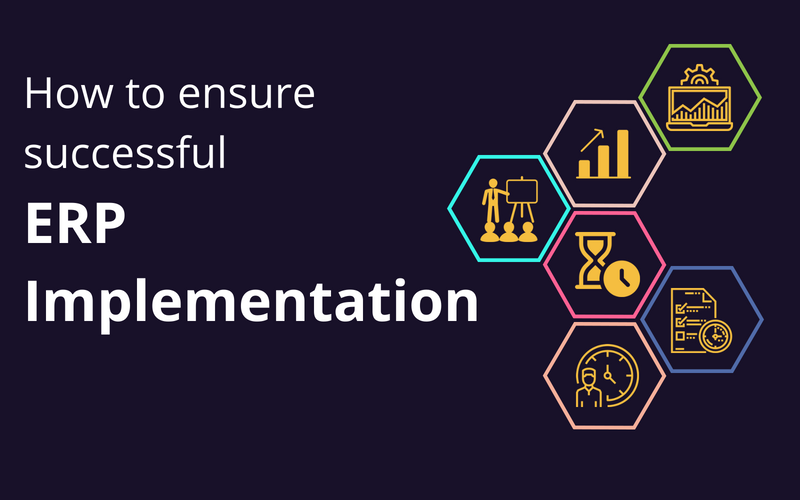

For many manufacturing organizations, an optimized enterprise resource planning (ERP) system is a key enabler for digital transformation. While implementing a new system is often one of the nearly all difficult and challenging endeavors any organization will ever undertake, it’s just the first step in the ERP journey.
Maintaining or increasing competitive advantage requires continued investment. The overriding consideration in almost every ERP modernization discussion is whether the organization should upgrade its current system or implement a new system. The final decision is often driven by factors such as:
One fundamental truth about all ERP systems is that they’re only as good as the underlying data and business processes that support them. In fact, two of the most common reasons cited for the high rate of implementation failures are inadequate organizational change management and poor master data quality.
To determine if your ERP system is limited by your data and processes, look for these five warning signs:
If there’s one thing that ERP systems are inherently good at, it’s planning resources across the full enterprise to deliver goods to customers in a reliable and predictable manner. So if your organization has been using an ERP system for several years, and is still struggling to achieve acceptable customer service levels, that’s a clear indicator that there can be underlying business process issues that need addressing.
By following a parallel line of logic for each major service failure, it is possible to create a scorecard matrix to define what issues can be solved by:
A fundamental requirement for successful operation of an ERP system is having an accurate inventory. The ability to maintain accurate inventory records will increase order-fulfillment capability, diminish expenditure and improve customer satisfaction. Timely access to this information can, therefore, be a strategic differentiator.
Some best practices to adopt prior to going live with a new ERP system are:
One of the key benefits of an ERP system is that provides real-time access to cost data, which enables superior decision-making. Of course, the quality of the decisions that can be made is reliant upon the quality of the costing data itself. So to get the most out of your ERP system, it’s important to take the proper actions to maintain good cost data integrity.
Since ERP systems are based on set cost accounting, managers must understand when and how to react to variances. For manufacturers, the most important variances are construction order variances, of which the two main categories are:
Carrying the appropriate amount of inventory can be a delicate balance. Too much inventory ties up capital unnecessarily and can lead to waste from over-age and obsolete inventory. The too little story can lead to stockouts and missed sales opportunities.
Another item that is critical for setting appropriate stock levels is an accurate demand forecast. But sooner than looking for a system solution, first ask the following questions:
Although tremendous advances have recently been made in the reporting and business intelligence potential of most ERP systems, do not assume that all of your reporting issues can be solved by upgrading alone.